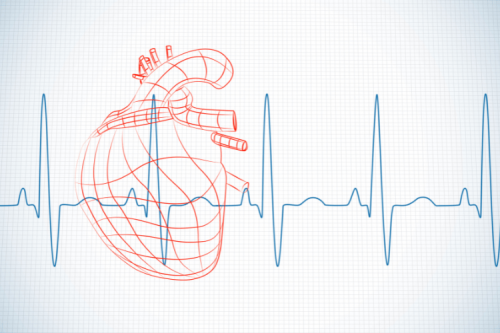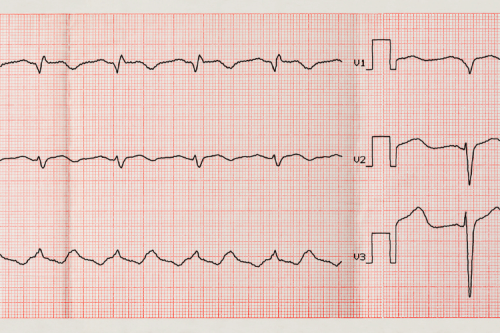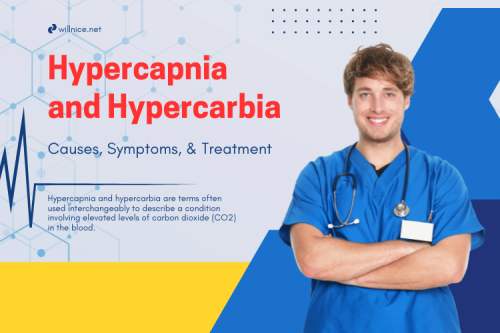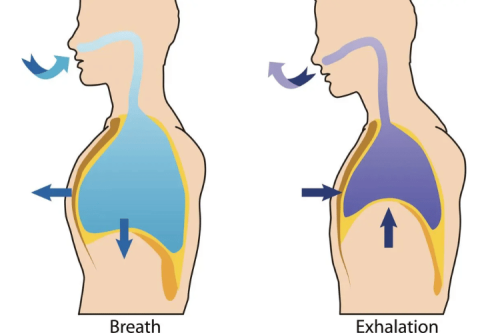
Pulmonary choking agents stand out as some of the most dangerous chemicals in history, known for their ability to devastate the respiratory system in minutes. These toxic substances primarily act on the lungs, leading to conditions such as pulmonary edema, difficulty breathing, and even death. Beyond their historical use in warfare, these agents remain relevant threats in modern industries, accidents, and terrorism.
This guide explores the mechanics, symptoms, history, and risks of these agents. It also explores treatment protocols, the role of first responders, public preparedness, and critical FAQs to help individuals and organizations better understand and mitigate these hazards.
What Are Pulmonary Choking Agents?
Pulmonary choking agents are toxic chemicals that attack lung tissue upon inhalation, causing irritation, inflammation, and fluid buildup in the respiratory system.
Examples of Pulmonary Choking Agents
- Chlorine gas (Cl₂): A toxic yellow-green gas that reacts with airway moisture to produce hydrochloric acid, leading to immediate inflammation and injury.
- Phosgene (COCl₂): A colorless, musty-smelling gas often called the “silent killer” due to its delayed effects.
- Diphosgene (Cl₃CO₂CCl₃): A liquid variant of phosgene, designed for rapid vaporization and increased lethality.
How Do They Work?
Once inhaled, pulmonary agents chemically react with water or mucus in the respiratory tract. These reactions form corrosive substances like hydrochloric acid, damaging the delicate alveoli where oxygen exchange occurs.
- Immediate Effects: Severe irritation and inflammation lead to coughing and shortness of breath.
- Delayed Effects: Certain agents like phosgene cause delayed pulmonary edema, where fluid leaks into the lungs, progressively impairing breathing over hours.
Type 1 vs. Type 2 Agents
- Type 1 Agents: Immediate action, as seen with chlorine, quickly produces symptoms like choking and eye irritation.
- Type 2 Agents: Delayed onset effects, like phosgene, which stealthily damages deep lung tissues and shows symptoms much later.
Understanding these distinctions ensures timely and targeted responses during exposure.
Symptoms of Exposure
The severity of symptoms depends on the agent, concentration, and duration of exposure.
Initial Symptoms
- Eye and throat irritation: Burning sensations due to chemical exposure.
- Chest tightness: Immediate difficulty in breathing.
- Coughing and choking: Reflex reactions as the body expels toxins.
Delayed Onset Symptoms
- Pulmonary edema: Fluid accumulation in the lungs leads to extreme shortness of breath and a crackling sound during inhalation.
- Nausea and dizziness: Caused by reduced blood oxygen levels.
- Fatigue and cyanosis: Symptoms of oxygen deprivation manifest through weakness and bluish skin.
Long-Term Effects
Survivors of substantial exposure may experience chronic ailments such as:
- Pulmonary fibrosis: Permanent lung scarring that restricts breathing.
- Chronic obstructive pulmonary disease (COPD): Progressive and irreversible respiratory damage. Early intervention and post-exposure care can significantly reduce the likelihood of these outcomes.
Historical Use and Modern Threats
Historical Context of Pulmonary Agents
Pulmonary choking agents were first weaponized during World War I:
- 1915, Second Battle of Ypres: Chlorine gas was used as the first devastating chemical weapon on a large scale.
- Phosgene and diphosgene: Developed later for their insidious nature and increased lethality, with phosgene producing nearly 85% of wartime chemical fatalities.
The widespread horror caused nations to push for international bans, culminating in treaties like the Chemical Weapons Convention (1997).
Modern-Day Threats
Despite bans, these agents remain accessible and dangerous.
- Industrial Risks: Chlorine is commonly used in water treatment plants, posing risks of accidental leaks.
- Terrorism: Easily accessible chemicals, like chlorine and ammonia, can be weaponized.
- Civil Conflicts: Reports of chlorine gas attacks in recent conflicts highlight ongoing misuse.
Awareness and preparedness are crucial to counter such threats effectively.
Treatment Protocols for Exposure
Rapid intervention is essential to minimize the damage caused by pulmonary choking agents.
Immediate Actions
- Evacuate to Fresh Air: Reducing inhalation immediately is the priority.
- Decontaminate: Remove contaminated clothing and rinse exposed skin with water or saline.
Emergency Medical Treatment
- Oxygen Therapy: Replenishes oxygen lost due to impaired lung function.
- Bronchodilators: Relieves shortness of breath by opening air pathways.
- Corticosteroids: Reduces lung inflammation caused by irritation.
- Mechanical Ventilation: Required for extreme pulmonary edema cases.
Long-Term Care
Treatment doesn’t end with initial care:
- Rehabilitation programs: Manage chronic symptoms such as fibrosis.
- Regular monitoring: Detects potential late-onset complications.
The Role of First Responders
Core Responsibilities
- Contain and Evacuate: Separate victims and bystanders from contamination zones.
- Establish Decontamination Zones: Create areas to clean victims and equipment safely.
- Coordinate Emergency Services: Communicate with medical facilities for better preparedness.
Challenges in the Field
First responders face limited resources, high casualty numbers, and emotional strain. Training in chemical response, proper use of protective equipment, and inter-agency coordination are crucial for effectiveness.
Public Preparedness for Chemical Threats
Personal Preparedness
- Emergency Kits: Include gas masks, respirators, and first-aid supplies tailored for chemical exposure.
- Awareness: Familiarize yourself with the warning signs of chemical leaks or attacks.
Community Initiatives
- Safety Programs: Partner with local industries to improve chemical storage practices.
- Emergency Drills: Conduct community-level preparedness rehearsals.
- Notification Systems: Ensure timely warnings about chemical incidents.
Prepared individuals and communities are much better equipped to mitigate the harm caused by chemical threats.
Frequently Asked Questions
Q: What is a pulmonary choking agent?
A: A pulmonary choking agent is a type of chemical weapon that primarily affects the respiratory system. Upon inhalation, it causes symptoms such as chest tightness, shortness of breath, and respiratory distress.
Q: Which agents are classified as pulmonary agents?
A: Pulmonary agents include chlorine, phosgene, and chloropicrin, which can cause severe respiratory damage and pulmonary edema when inhaled.
Q: How do pulmonary chemical-warfare agents affect the body?
A: Pulmonary chemical-warfare agents damage the respiratory tract, leading to inflammation, fluid accumulation, and potentially fatal outcomes, such as pulmonary edema and respiratory failure.
Q: What are the signs of chlorine gas exposure?
A: Signs of chlorine gas exposure include coughing, difficulty breathing, chest tightness, and a burning sensation in the throat and eyes. Severe exposure can lead to respiratory distress and pulmonary edema.
Q: What is the treatment for pulmonary chemical-warfare injuries?
A: Treating pulmonary chemical-warfare injuries typically involves immediate decontamination, supportive care, and the administration of bronchodilators or corticosteroids to alleviate respiratory symptoms.
Q: Can pulmonary choking agents cause a delayed onset of symptoms?
A: Yes, some pulmonary choking agents can cause delayed onset of symptoms, where individuals may not experience immediate effects but may develop respiratory distress hours after exposure.
Q: What should first responders do when encountering a chemical weapon incident involving pulmonary agents?
A: First responders should prioritize emergency preparedness and response by ensuring their safety, implementing decontamination procedures, and providing medical treatment to affected individuals as quickly as possible.
Q: Are there any antidotes for pulmonary choking agents?
A: Currently, there are no specific antidotes for pulmonary choking agents; however, supportive medical treatment, including oxygen therapy and symptomatic management, is crucial for affected individuals.
Q: What actions should be taken if someone inhales a pulmonary agent?
A: If a person inhales a pulmonary agent, they should be moved to fresh air immediately and contacted by medical personnel for further evaluation and treatment, particularly if symptoms such as chest tightness occur.
Closing Thoughts
Pulmonary choking agents are a stark reminder of humanity’s ability to weaponize the elements. While their use in warfare has decreased, the threat remains through industrial accidents and terrorism.
By educating ourselves about these agents, advocating for community preparedness, and supporting research into advanced treatments, we can mitigate their impact and safeguard public health. Proactive knowledge is your best defense against these lethal substances, whether you're a professional or a concerned citizen.
Source:-
Factsheet: Pulmonary (Choking) Agents This document provides an overview of choking agents, their forms, and their effects on the respiratory system. Link to source
-
Choking Agents and Chlorine Gas - History and Usage This article discusses the history, industrial risks, and use of choking agents like chlorine gas in warfare and accidents. Link to source
-
Chemical Weapons Overview by UNODA This page from the United Nations Office for Disarmament Affairs covers the use of chemical weapons, including choking agents like chlorine and phosgene, and their impact. Link to source








 Login with Google
Login with Google Login with Facebook
Login with Facebook